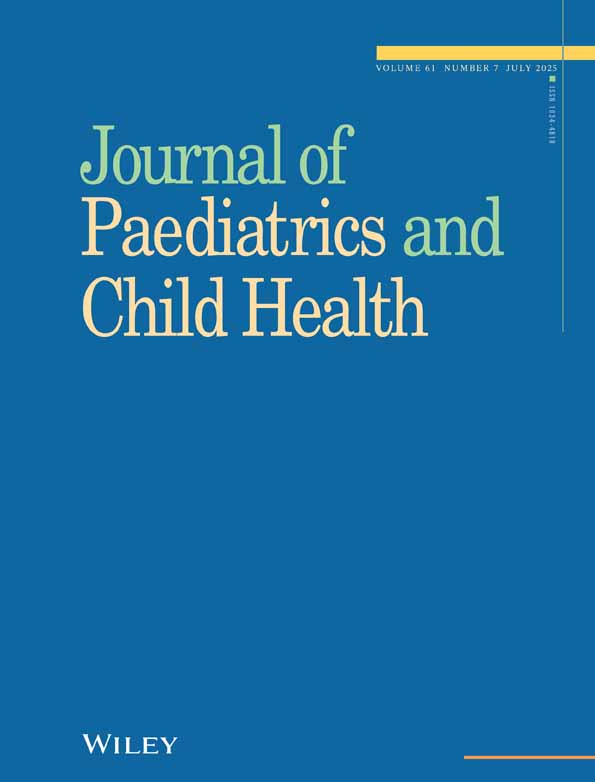HomeLog: Long-term recording of infant temperature, respiratory and cardiac signals in the home environment
R. P. K. Ford, MD, FRACP, Community Paediatrician. P. J. Brown, MB, ChB, Research Fellow. R. A. Dove, ME, Biomedical Engineer. C. S. Tuffnell, BE, PhD Student. P. M. Macey, BE, PhD Student.
Abstract
Abstract There is increasing evidence that overheating is a contributing factor for some cot deaths. The authors' hypothesis is that infant thermoregulation is closely related to respiratory control. HomeLog is a system built to investigate the developing thermal, respiratory and cardiac behaviour of infants in the home environment over several weeks. HomeLong is based on a modified laptop computer. Signals recorded include body temperature (from rectal and various skin sites), ambient temperature, thoracic impedance, abdominal movement and electrocardiogram (ECG). Continuous night-time recordings have been made for up to 6 weeks from infants between 1 and 4 months of age, in their own cots, in their own homes. Various time and frequency domain analyses of the breathing and temperature data have been developed. Analysis of breath rate variability and of body temperature fluctuations has confirmed sleep/weke changes. In addition, a periodic oscillation of body temperature every 1–2 h has been found, which closely matches oscillations of breath rate variability.




